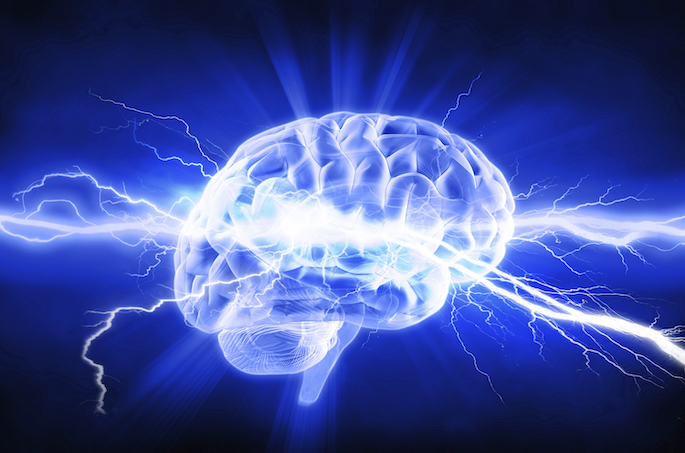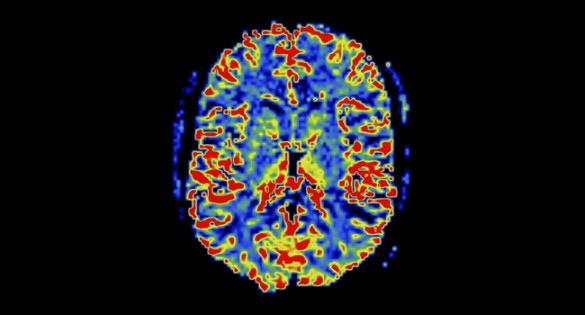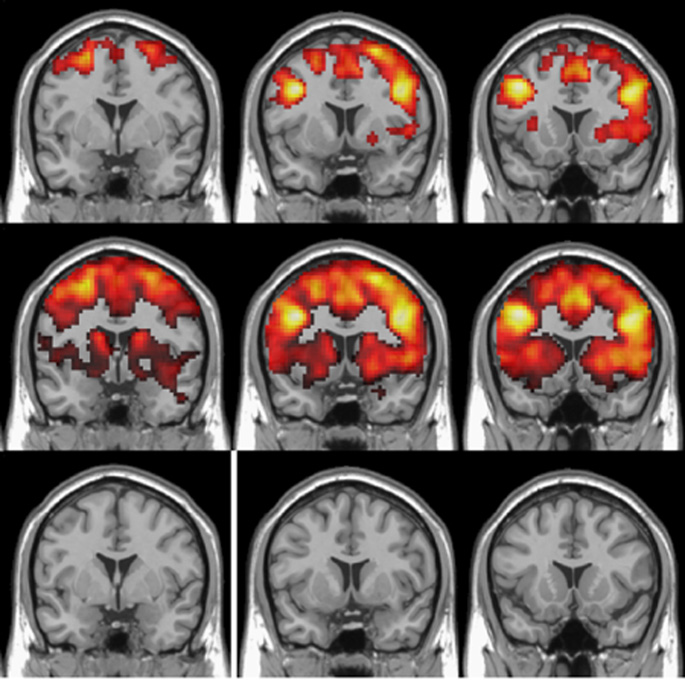Neurofilament light (NFL) is a support protein within large axons in the brain’s white matter that supports nerve signal transmission. When axons are injured, increased NFL concentrations are found in the cerebrospinal fluid that surrounds the brain, representing an important biomarker for axonal breakdown.
Elevated NFL levels correlate with extensive white matter disease on brain imaging in older adults with mild cognitive impairment and dementia. Whether established biomarkers of Alzheimer’s disease, including amyloid and tau, affect this correlation is less clear.
Now Angela Jefferson, PhD, and colleagues have shown that NFL correlates with more sensitive measurements of white matter microstructure assessed by diffusion tensor imaging. The association was particularly strong in participants with elevated tau proteins that comprise the characteristic tangles within neurons in Alzheimer’s disease.
Their findings, published this month in Neurobiology of Aging, are a step toward earlier and more precise detection of neuropathology underlying cognitive impairment that may lead to new targeted therapies, the researchers concluded.
This research was supported in part by grants from the Alzheimer’s Association, the National Intitutes of Health (AG034962, AG056534, NS100980, AG046373) and by the Vanderbilt Memory & Alzheimer’s Center.















